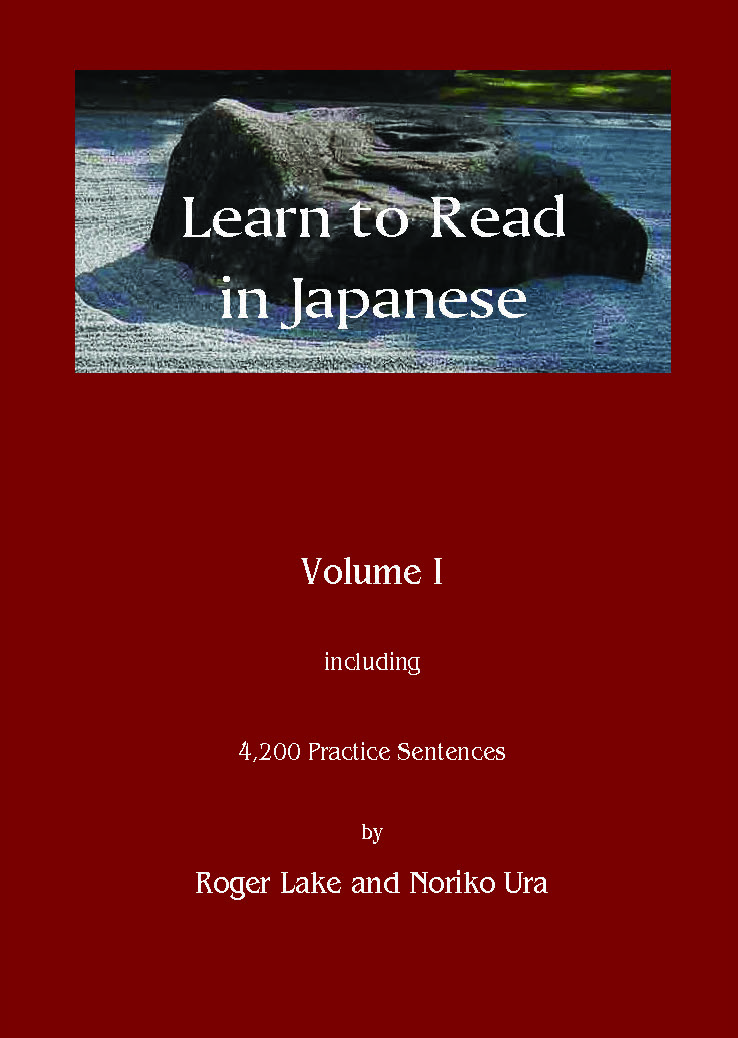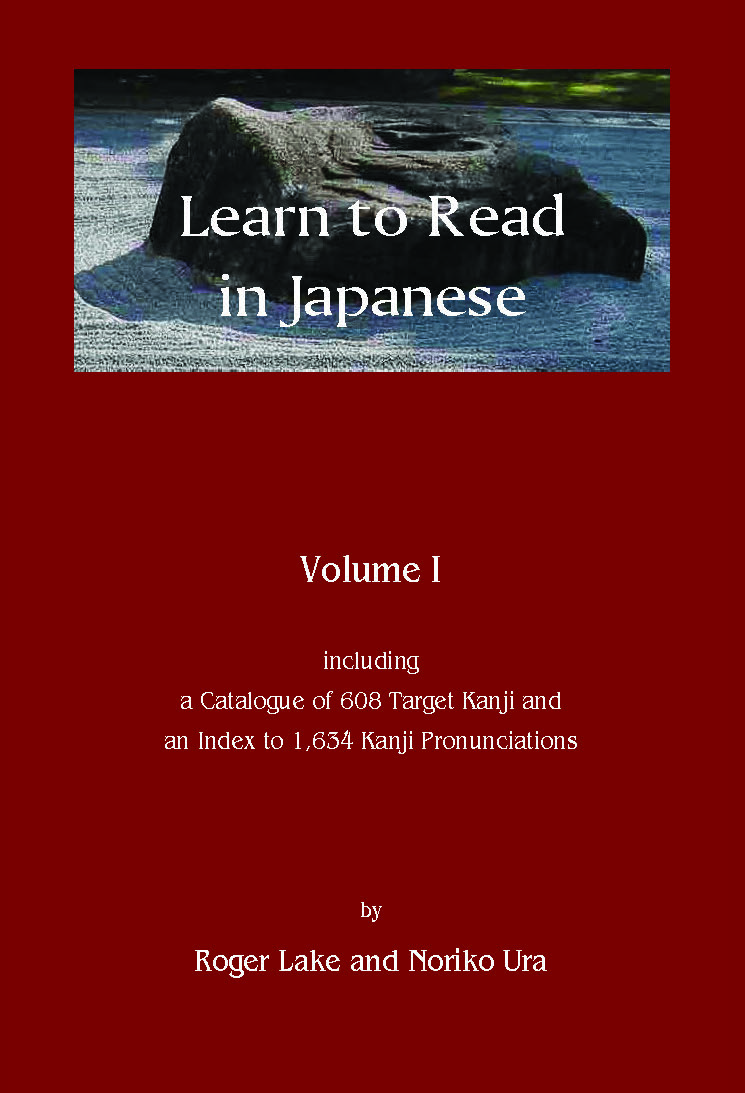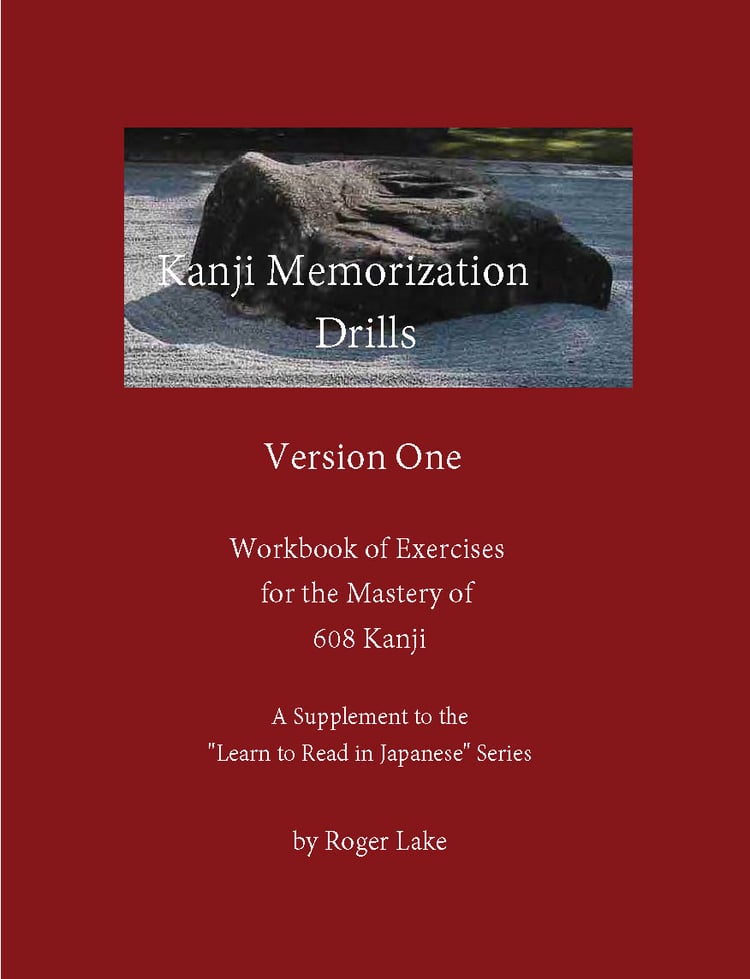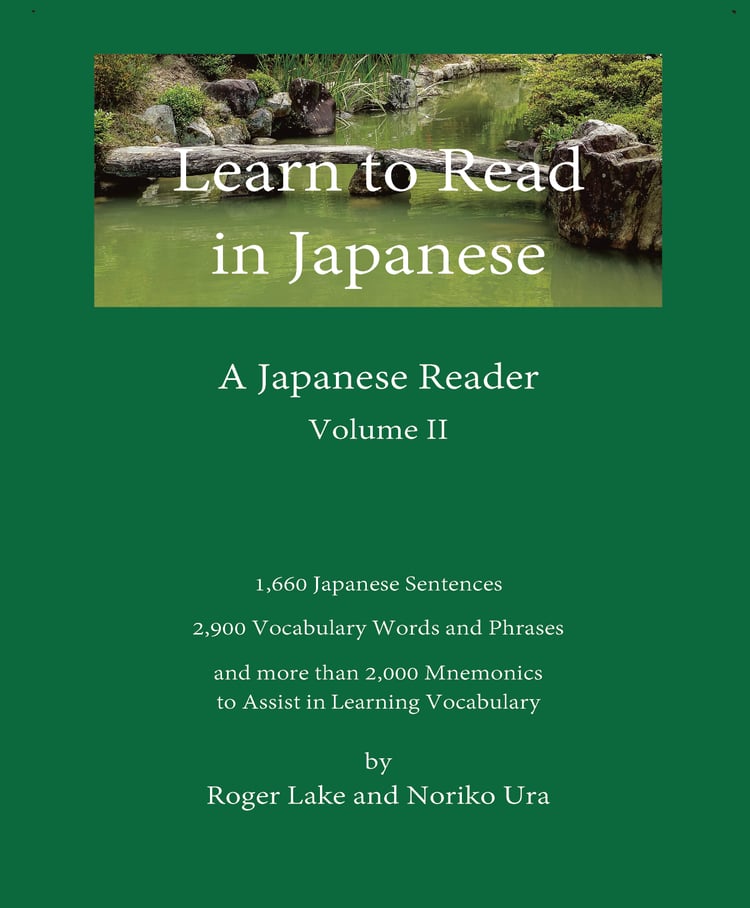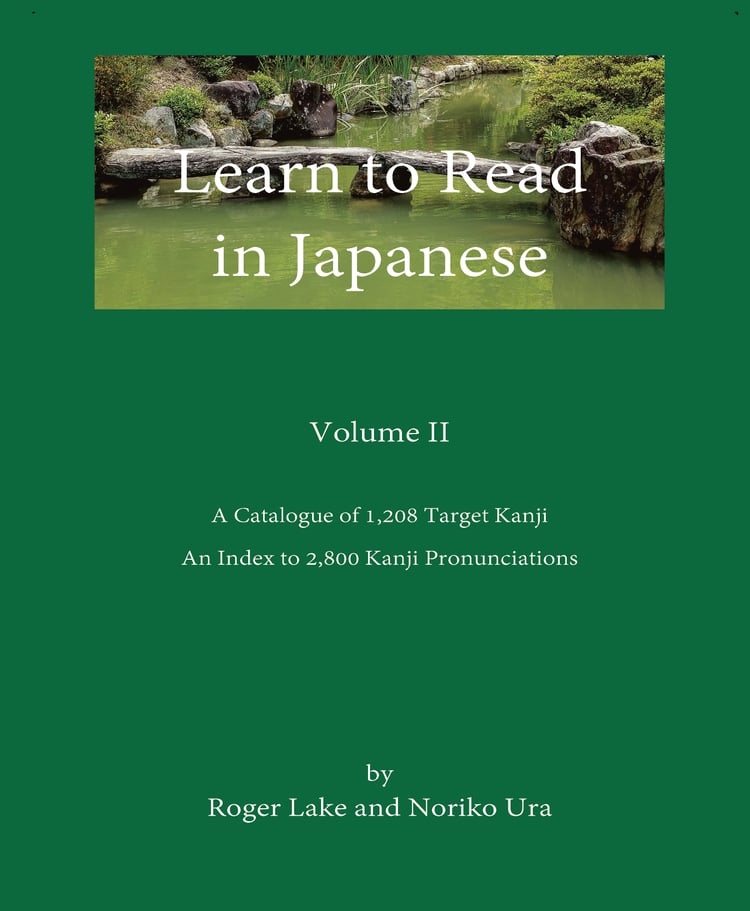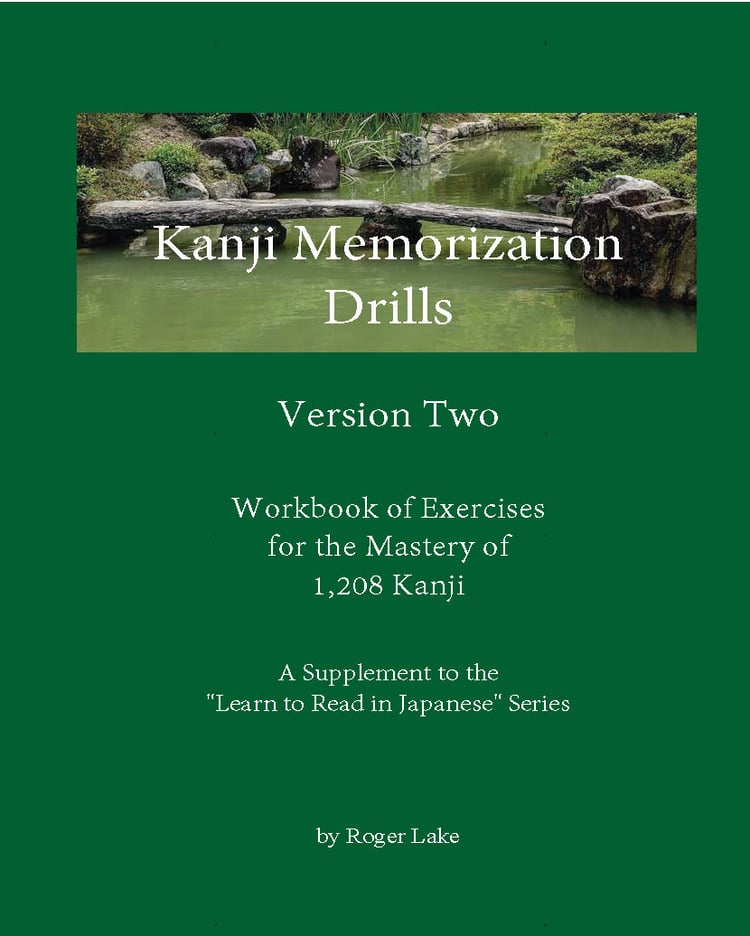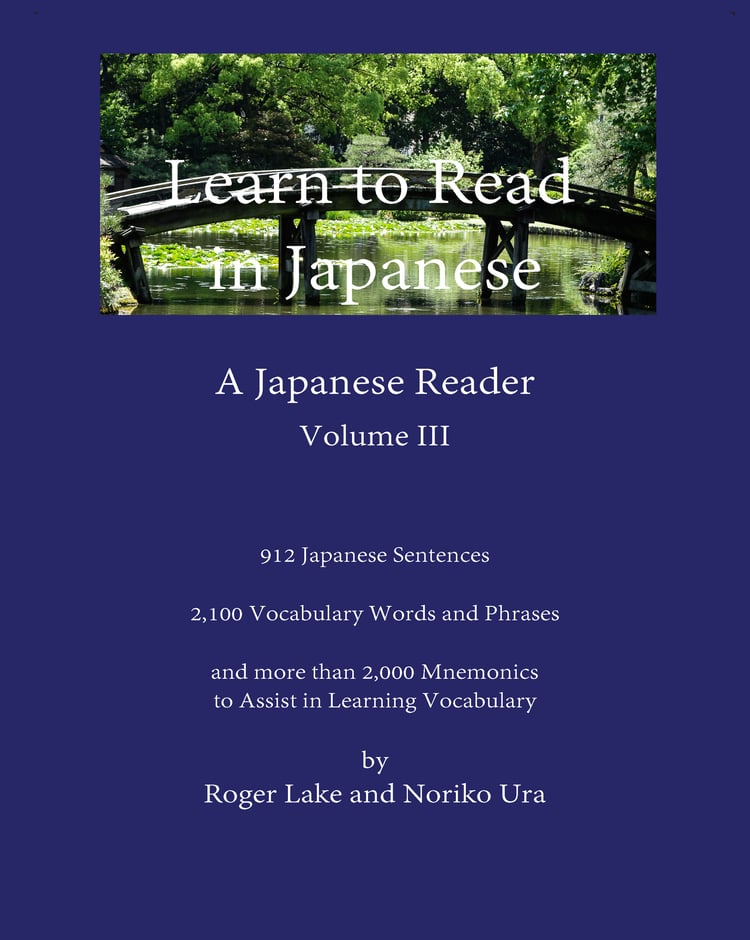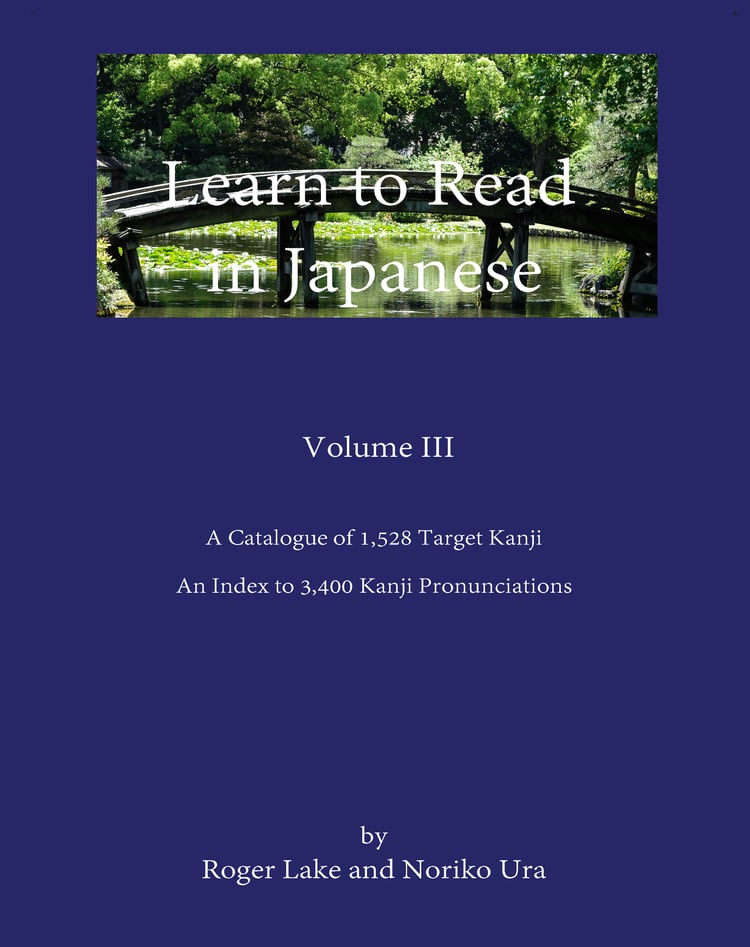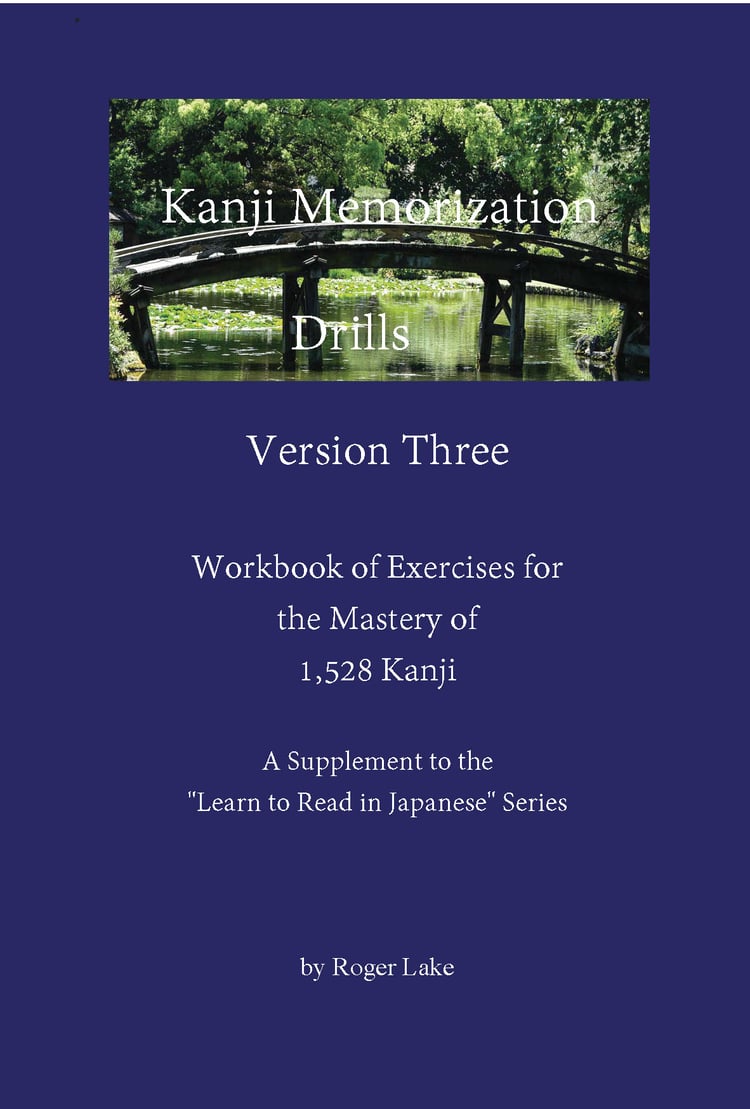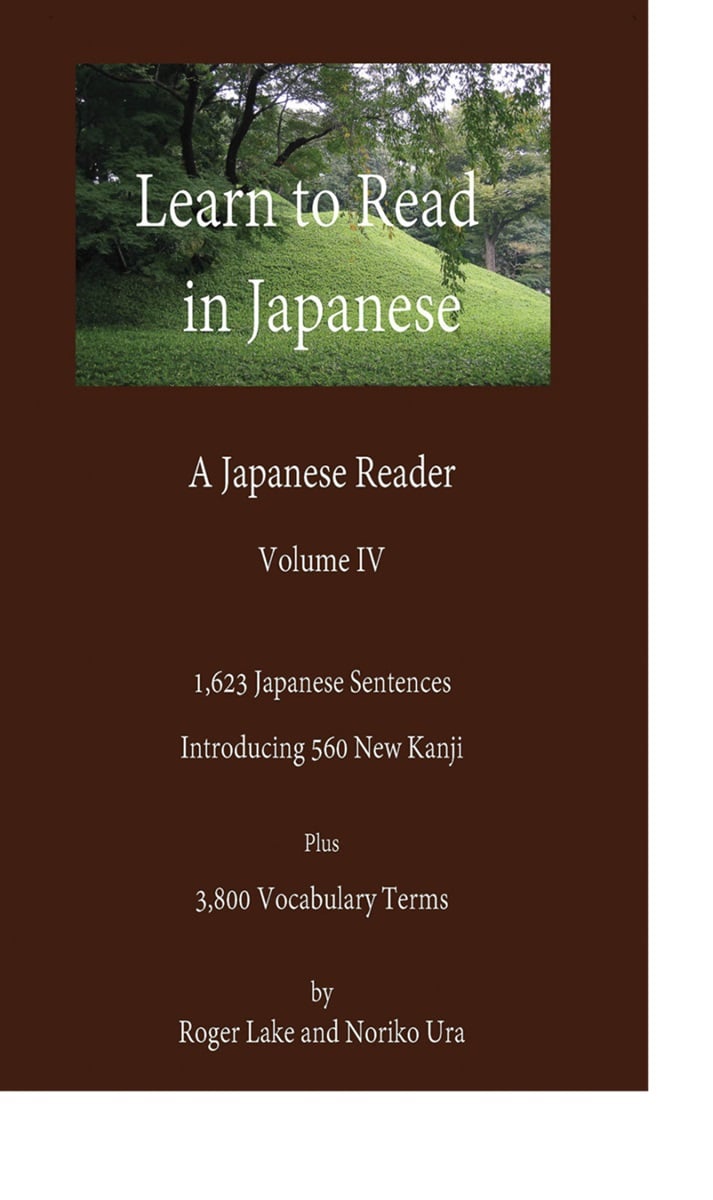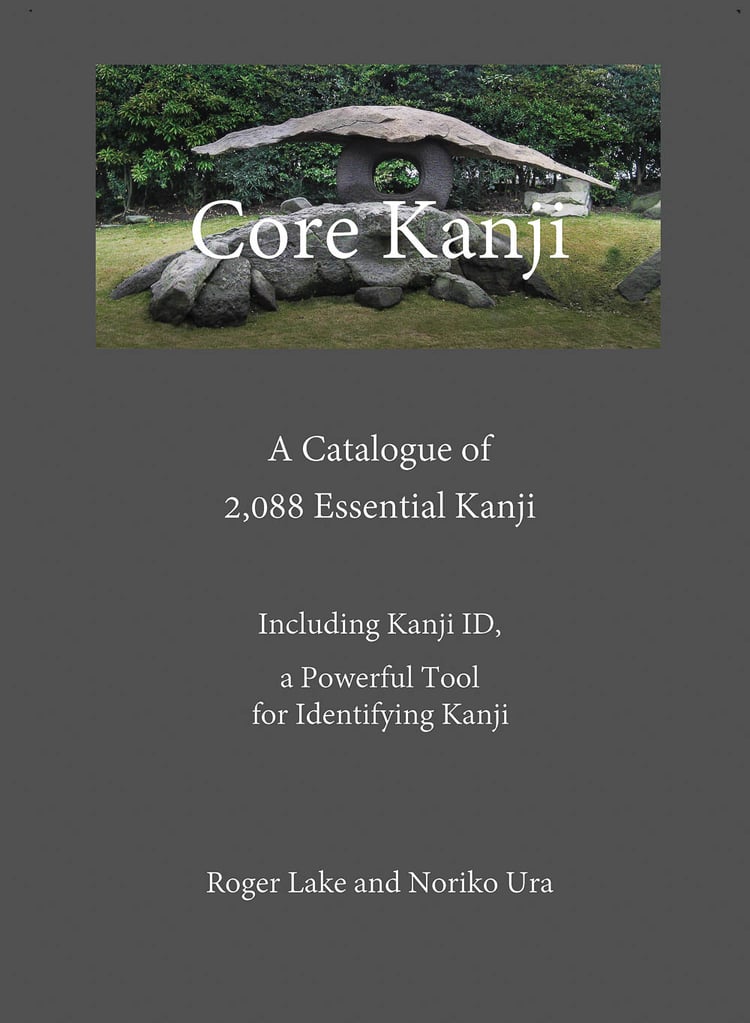
About Us
Noriko Ura and Roger Lake host JapaneseAudioLessons.com, which offers 30 hours of free Japanese audio lessons.
We have assembled four books titled Learn to Read in Japanese, A Japanese Reader, Volumes 1 – 4. Each of these books is intended for use with a different Kanji Catalogue that teaches the kanji that have been introduced to that point in the lessons. Each book is also associated with a different version of our Kanji Memorization Drills, which are exercises that students can use to test themselves on those kanji. The Readers provide thousands of sentences for reading practice, together with same-page romaji equivalents and translations.
In addition, we provide a Glossary that lists virtually all of the Japanese terms found in the four Readers, with definitions, memory aids and synonyms.
We generally recommend that students use the physical printed versions of the Japanese Readers (sold on Amazon, at Ingram Spark, in bookstores, etc.) for reading practice, but some students will reach their goals more quickly by reading the PDF versions of the Readers (sold above) on a laptop or desktop computer – if they are able to tolerate the frustrations that are inherent in computerized reading.
We think that the most efficient way to study these PDF documents is to arrange them in open windows on an electronic screen, something that is only practical when using a laptop or desktop. When the documents are organized in this way, students can easily turn from, say, Japanese text in one window, to English text and romaji in another window, to information about a kanji character in a third window, to a similar or related character in a fourth window (for comparing the kanji side by side), to a Pronunciation Index for looking up kanji reference numbers in a fifth window, and/or to a Glossary in a sixth window, before returning to the Japanese text in the first window.
Please note that the material in the Kanji Catalogues and the Kanji Memorization Drills is cumulative. In other words, the Kanji Catalogue for Vol. 2 teaches all of the kanji found in Readers 1 and 2. Likewise, the Kanji Catalogue for Vol. 3 teaches all of the kanji found in Readers 1, 2, and 3. Finally, the Kanji Catalogue for Vol. 4 (which we call Core Kanji) teaches all of the kanji found in Readers 1, 2, 3 and 4. The same statements are true of the four versions of the Kanji Memorization Drills, i.e., the first version of the Drills teaches the kanji found in Reader 1, and so forth.
If you have purchased an earlier PDF edition of a Kanji Catalogue and then decide to purchase a later edition, please write to us before your second purchase, and we will send you a discount code for the later edition, so that you don't pay more than necessary. If you think that you will need all four editions, please purchase only the Core Kanji Catalogue for Vol. 4.
However, with regard to the Kanji Memorization Drills, the situation is different. We do not recommend that you jump straight to the fourth version because you will almost certainly find the drills in that version, covering 2,088 kanji, very challenging. Instead, we suggest that you start with the first version covering 608 kanji and work your way up from there. You may download a PDF file showing a sample of the first Drills book, plus our detailed instructions for conducting the drills, at this link.
If you purchase the PDF version of the Core Kanji book, which is the complete kanji catalogue intended for use with all four of the Readers, you will receive 6 PDF files, including a catalogue of 2,088 kanji and a Kanji Trait Index, both of which are essential components of Kanji ID, our kanji identification tool. After some training, you will be able to use those two files, not only on a computer, but also on an iPhone, when you want to look up kanji that you encounter in public spaces.
Kanji ID is a powerful tool for identifying the vast majority of the kanji characters that you will encounter in your Japanese reading. Please note that Kanji ID is recommended primarily for students who have read all four of our Japanese Readers and become familiar with the 2,088 kanji that they teach. You may read more about Kanji ID by clicking on this link.
For suggestions about how to use these PDF files for Japanese reading practice, please visit Efficient Japanese Reading Practice on a Computer.
Some students may choose to purchase both printed and PDF versions of the same books. The printed versions are more relaxing to use, and they are more suited for the Kanji Memorization Drills, in which we suggest that you use a pen to mark the pages while you study. On the other hand, the PDF versions are used for more efficient studying on computers, and they also allow you to conduct searches in the various documents. The PDF versions are particularly helpful when you need to locate the groups of similar kanji that are embedded in the Kanji Memorization Drills.
With this in mind, we offer a 50% discount to students who already own one or more of our books, when they purchase the PDF version of the same books. If you would like to receive this discount, please write to administrator@japaneseaudiolessons.com and tell us which books you bought, as well as when and where you bought them. We will then send you 50% discount coupons that you can use to purchase PDF versions of the same books.
https://japaneseaudiolessons.com

